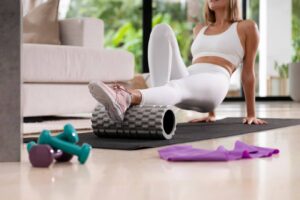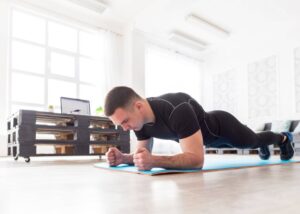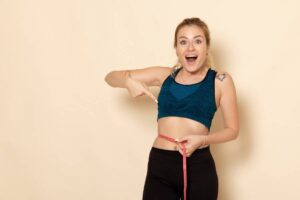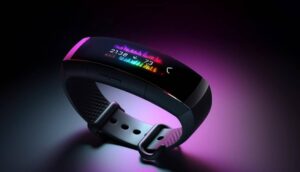The Fitness & Bodybuilding Blog
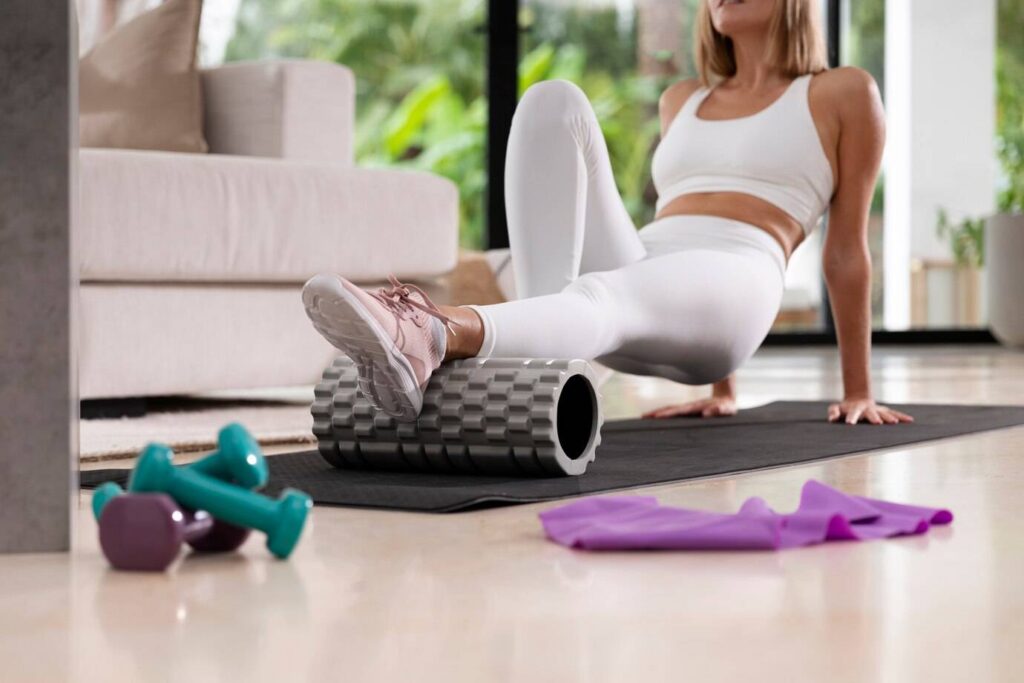
Massage Guns vs Foam Rollers: What’s Better?
Recovery tools are a must-have for athletes and fitness enthusiasts, both for working out and for rehab. So, two of the most common tools in this category are massage guns and foam rollers. But in the battle between them, who comes out on top? In this blog, we’ll look at the main differences between the two tools. We’ll discuss how they can help you and which one may better support your recovery goals.
This is especially important when it comes to recovery. The best tools can really help your post-exercise recovery. Although both tools are used to facilitate recovery, they do so in different ways. Knowledge of these differences can help you make an informed decision.
Many people think that a tool is better just because it costs more or has advanced technology. However, this is not always the case. We’ll clear up these myths and show a balanced view of what each tool can do.
Key Benefits / Why It Matters
Massage Guns
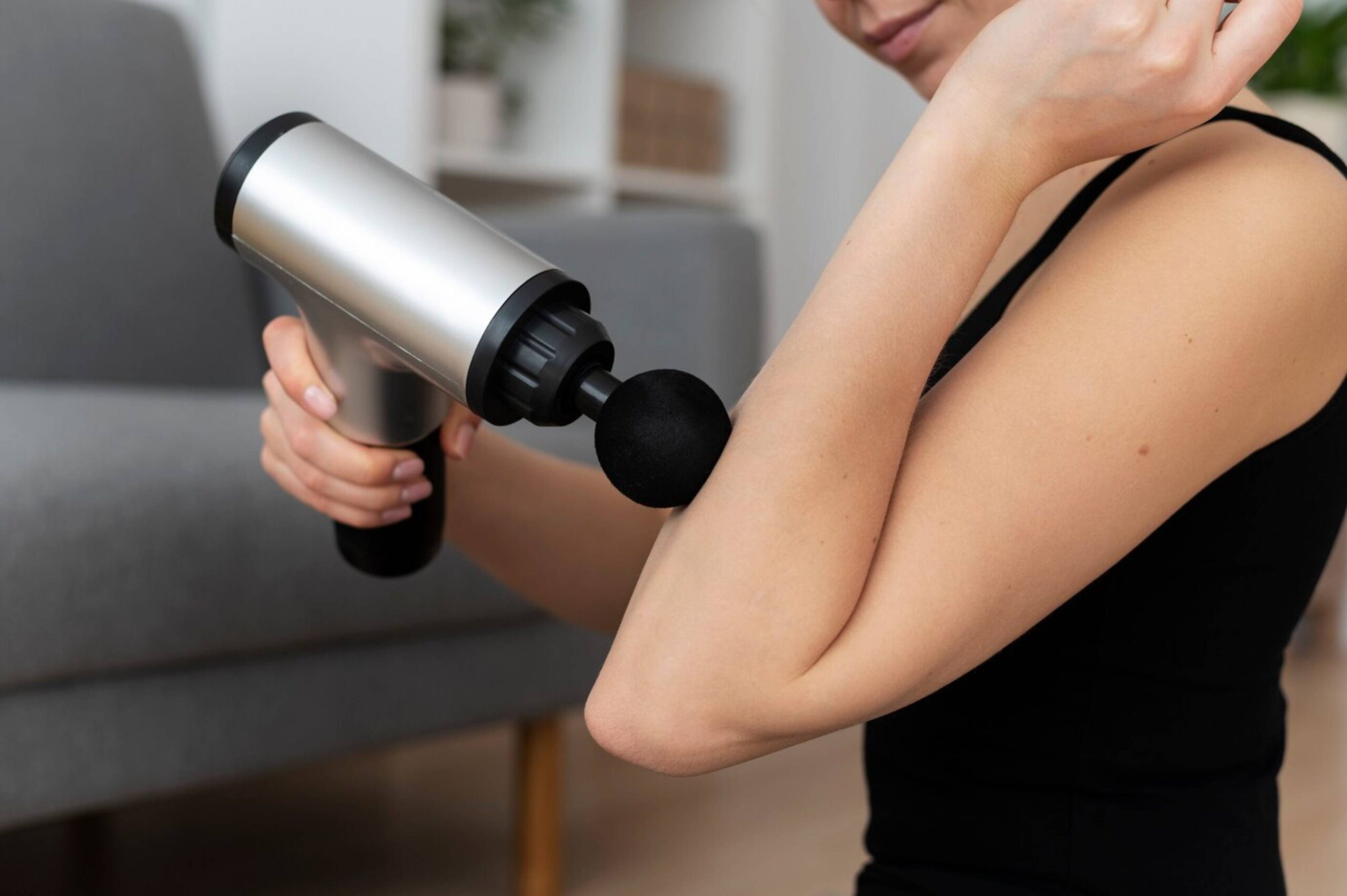
Massage guns are now popular. They are portable and effective for deep tissue massage. These devices use percussive therapy. This means they deliver quick bursts of pressure to the muscle tissue. This boosts blood flow and eases muscle tension.
The most significant advantage of a massage gun is its accuracy. You can target precise muscle bands. That makes it especially helpful for getting into tight spots or knots that can be hard to get to with a foam roller. Also, you get to control the intensity of a massage gun. This allows you to tailor your experience around your pain and recovery needs.
The use cases for a massage gun in real life are many. These devices are lifesavers for many people. Professional athletes use them post-training. It also help relieve muscle stiffness in office workers who sit at a desk. Most support for massage guns comes from users. They say these devices help reduce delayed onset muscle soreness (DOMS). That’s what makes them a good addition to any recovery regimen.
Foam Rollers
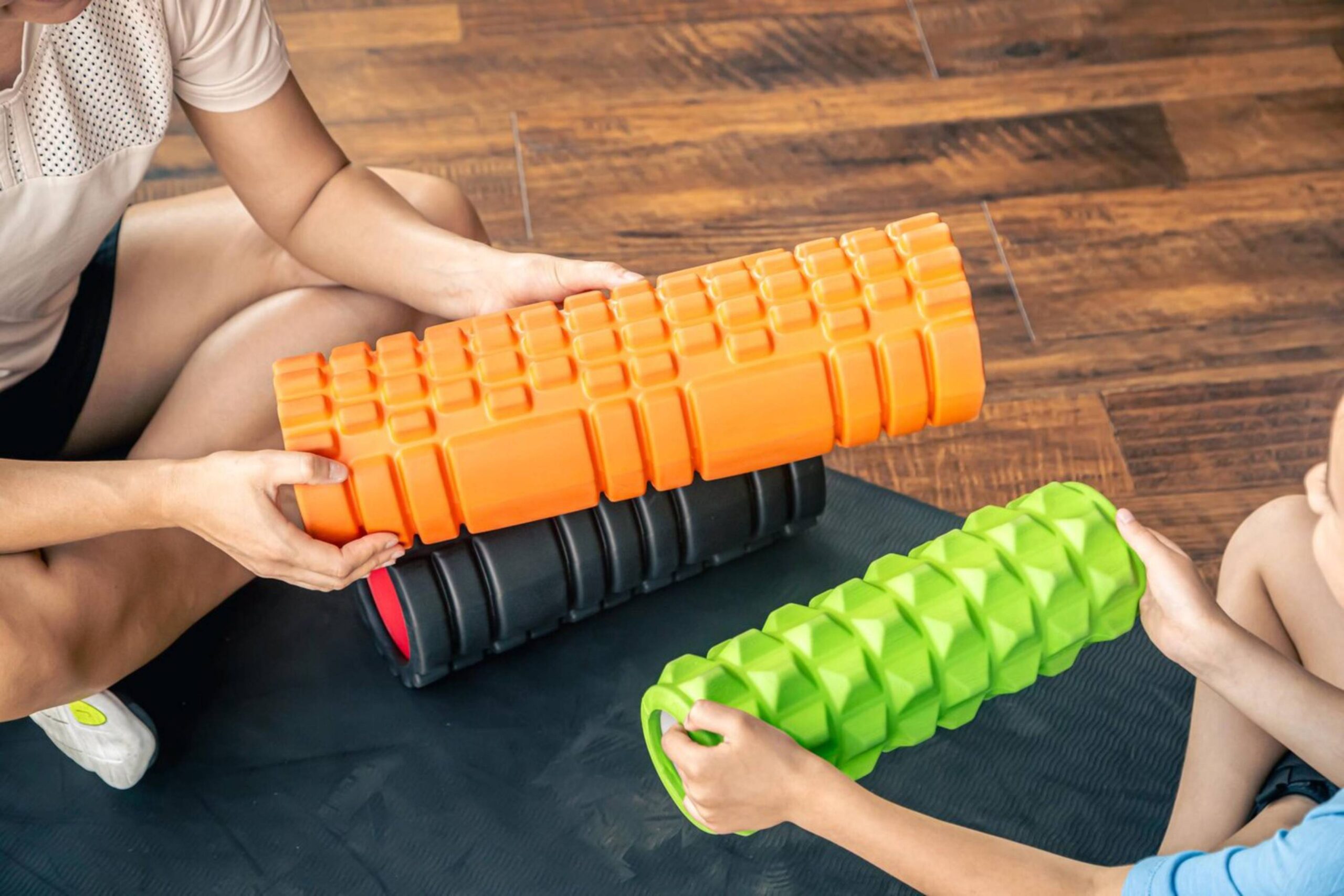
Foam rollers, on the other hand, have been a staple in gyms and homes for years. They provide self-myofascial release (SMR). This helps relieve muscle tightness, boost blood flow, and enhance flexibility. Foam rollers differ from massage guns. With foam rollers, users must use their body weight. They roll on the foam to target various muscle groups.
The simplicity and effectiveness of foam rollers make them an excellent choice for beginners and those on a budget. They really help larger muscle groups, such as the back, hamstrings, and quadriceps. The rolling motion helps to break down adhesions and scar tissue, promoting a quicker recovery.
Data-backed insights suggest that regular use of foam rollers can improve range of motion and reduce muscle pain. They are very versatile. You can find many types, like textured rollers that feel like a massage therapist’s hands.
Additional Expert Tips & Common Mistakes to Avoid
Best Practices
Start with a low intensity on the massage gun. This is important, especially if you are new to percussive therapy. Gradually increase the intensity as your muscles become accustomed to the sensation. Focus on each area for no more than two minutes to avoid over-stimulation.
Roll slowly over the muscle group with foam rollers. Spend more time on tight spots. Be consistent. Add foam rolling to your routine a few times a week for the best results.
Common Mistakes
A common mistake with massage guns is using too much pressure. This can cause bruising or irritation. It’s important to let the device do the work, gently guiding it over the muscle.
Don’t roll directly over joints or bones with foam rollers. This can lead to discomfort or injury. Also, rolling too fast or with bad form can make the session less effective.
Advanced Insights / Expert Recommendations
Combining both tools can be very effective for those wanting an advanced recovery strategy. Use the massage gun for targeted muscle relief and the foam roller for general muscle group recovery. This dual approach can maximise the benefits of both tools. It helps ensure full muscle relaxation and recovery.
Experts recommend using a massage gun after workouts. It helps target sore areas. Then, foam rolling improves muscle pliability and flexibility. This mix can help you recover faster and perform better in your next workouts.
Also, think about adding recovery gear like stretching bands or cold therapy. These can work well with massage guns and foam rollers. A holistic approach to recovery can significantly enhance your overall fitness and well-being.
Which One Should You Choose?
If you’re still wondering which tool is best for you, consider your needs.
Choose a massage gun if:
- You want fast relief in small areas.
- You like custom settings and different speeds.
- You have tight spots or muscle knots.
Choose a foam roller if:
- You want a simple and affordable option.
- You like stretching and full-body recovery.
- You don’t mind using your body weight.
Both tools can help your muscles feel better. Some people even use both to get the best of both worlds.
How Often Should You Use Them?
Massage Guns: You can use a massage gun a few times a week or even every day if your muscles are sore. Use it for 1–2 minutes on each muscle. Don’t press too hard. Let the device do the work.
Foam Rollers: Foam rolling is safe to do almost every day. Many people roll before or after a workout. Spend about 5–10 minutes rolling your major muscle groups like legs, back, and shoulders.
Start slow and listen to your body. If something feels painful, stop and try a lighter touch or a different spot.
Conclusion: Choosing the Right Tool for Your Recovery
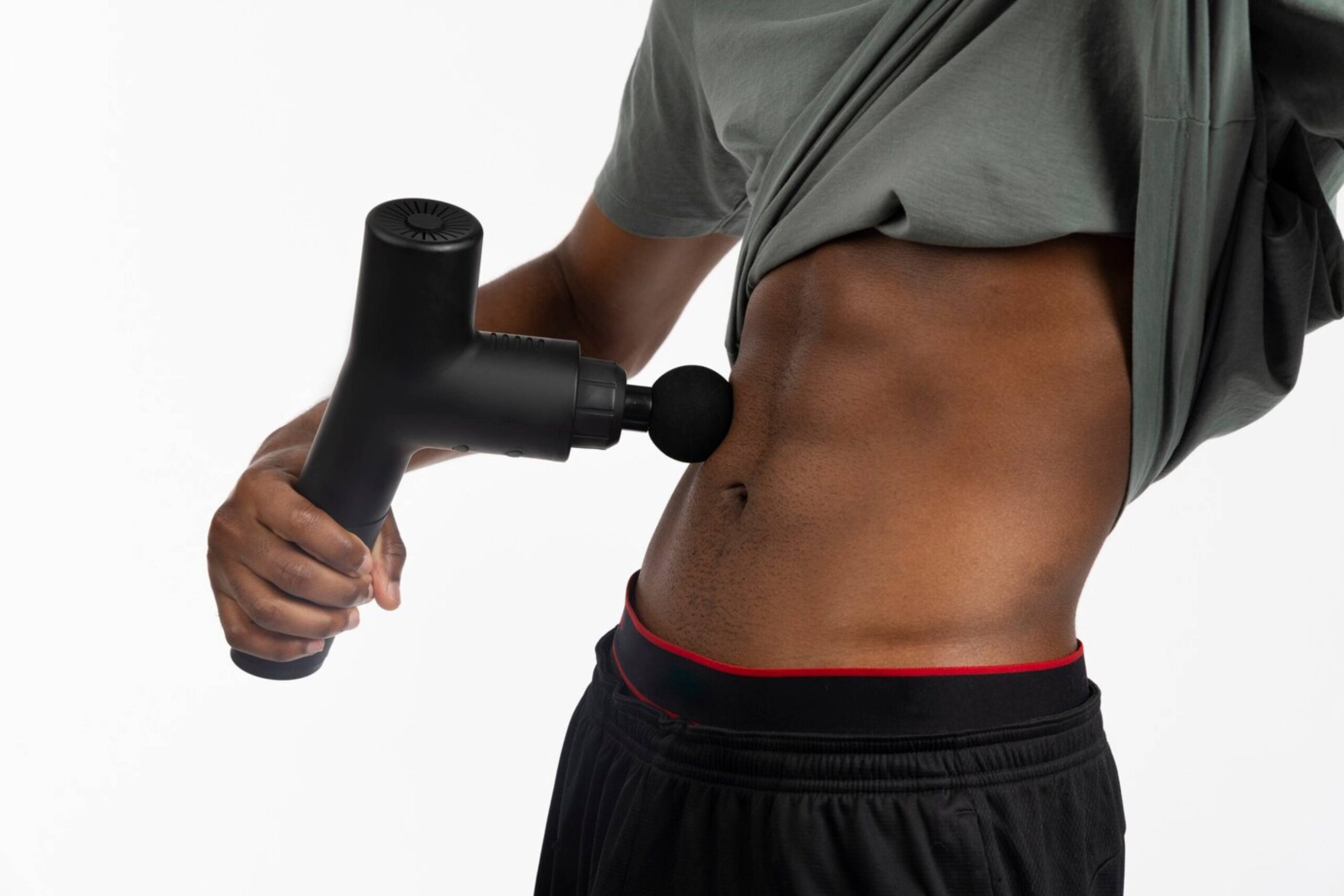
In the debate of massage guns vs foam rollers, there is no definitive winner. Each tool offers unique benefits catering to different recovery needs and preferences. Understanding these differences and how they align with your fitness goals is key to making the right choice.
Choose a massage gun for precision or a foam roller for simplicity. The key is to stay consistent in your recovery routine. Using these tools in your fitness routine will help you recover and perform better.
If you’re still unsure which tool is right for you, try both to see which one best suits your needs. Remember, the best recovery gear is the one that you’ll consistently use and benefit from.
So, are you ready to elevate your recovery game? Explore the options, invest in quality tools, and prioritise your recovery as much as your workouts. Your body will thank you for it!



